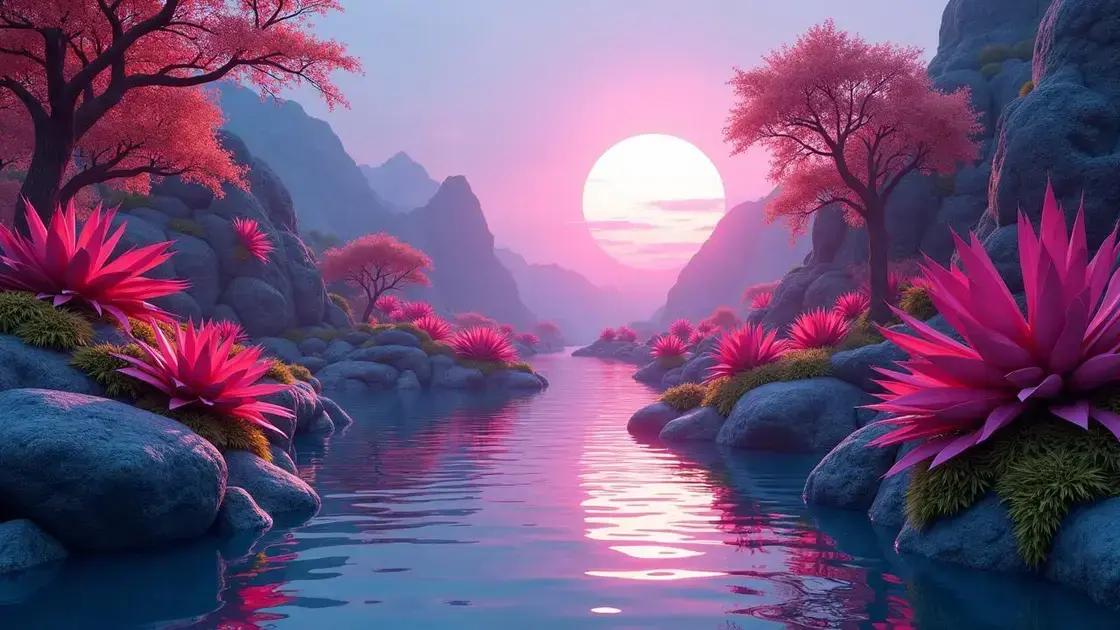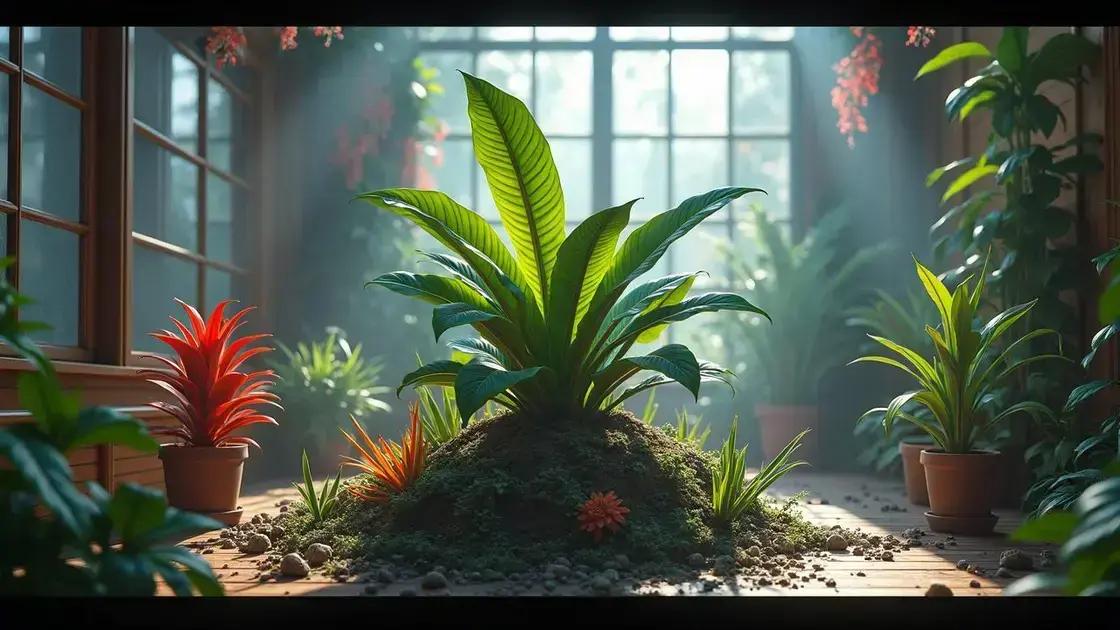How to Take Care of Hoya Plant: 7 Essential Tips for Thriving Growth
How to take care of hoya plant enthusiasts often share the joys and challenges of keeping these stunning plants healthy. While hoyas are known for their beautiful, waxy leaves and delightful blooms, they do require specific care to thrive. Let’s explore the essential aspects of hoya plant care from light preferences to watering strategies.
Table of Contents
ToggleUnderstanding hoya plant light requirements
Understanding hoya plant light requirements is essential for keeping your hoya thriving. These unique plants prefer bright, indirect light but can adapt to lower light conditions. Understanding how to provide the right amount of light will significantly influence their growth and blooming. Here are some crucial aspects to consider:
Optimal light conditions
- Bright, indirect sunlight is ideal for hoyas.
- Direct sunlight should be avoided as it can scorch their leaves.
- They can tolerate low light but will grow more slowly and may not bloom.
Signs of improper lighting
- Pale or yellowing leaves may indicate too much direct sunlight.
- Leggy growth happens when the plant stretches towards a light source, indicating inadequate lighting.
- If your hoya isn’t blooming, it may need brighter conditions.
How to position your hoya
- Place your hoya near a window with filtered light. A sheer curtain can help diffuse harsh sunlight.
- Consider using grow lights if natural light is insufficient.
- Rotate your plant periodically for even light exposure.
Special considerations
Some varieties of hoya may have specific preferences. It’s important to familiarize yourself with the specific type of hoya you own. For instance, exploring indoor gardening techniques can provide more tailored advice.
Ultimately, observing your plant’s response to light is key. Adjust its placement based on its growth and overall health.
Effective watering tips for hoya plants

Effective watering tips for hoya plants are crucial for maintaining their health. Overwatering is one of the most common mistakes made by plant owners, which can lead to root rot. Understanding how to properly water your hoya will enhance its growth and blooming. Here are some key considerations:
Watering frequency
- Allow the top 1-2 inches of soil to dry out before watering again.
- In the warmer months, watering may be needed every 1-2 weeks.
- In winter, reduce watering to once every 2-3 weeks.
Best watering practices
- Use room temperature water to avoid shocking the roots.
- Water thoroughly until it drains from the bottom, ensuring even saturation.
- Empty any excess water in the saucer to prevent root rot.
Signs of over and under-watering
- Overwatered hoyas may have yellowing leaves or wilting.
- Underwatered plants may exhibit shriveled and dry leaves.
For optimal soil condition, you might also want to know more about exploring indoor gardening techniques to ensure your plant thrives.
Finding the right balance in watering can truly boost the vitality of your hoya plant. Always pay attention to changes in your plant’s health to adjust your care routine accordingly.
Choosing the best soil and fertilizer for hoyas
Choosing the best soil and fertilizer for hoyas is essential for promoting healthy growth. These tropical plants thrive in a well-draining environment enriched with nutrients. Selecting the right soil mixture and fertilizers will significantly influence their blooming capabilities and overall health.
Ideal soil composition
- A well-draining potting mix is crucial for hoyas.
- Consider a blend of potting soil, perlite, and orchid bark for optimal aeration.
- pH levels should ideally be between 6.0 and 6.5 for healthy hoya plants.
Recommended soil types
- *Commercial cactus or succulent mixes are great due to their drainage properties.
- *Homemade mixes can include equal parts of peat, perlite, and coarse orchid bark.
- *Look for soil labeled specifically for epiphytic plants.
Fertilizer tips for hoyas
Applying the right nutrients can boost growth and flowering:
- Use a balanced liquid fertilizer every 4-6 weeks during the growing season (spring and summer).
- Reduce fertilizing in fall and winter to avoid over-fertilization during dormancy.
- Organic options, such as fish emulsion or seaweed extract, can also nourish your plants.
By exploring indoor gardening techniques, you can find more tailored soil and fertilizer strategies specific to your hoya variety.
In summary, the right soil and fertilizer choices will ensure a flourishing hoya that can produce its captivating blooms.
In conclusion
Caring for hoya plants requires attention to several key factors to ensure their health and vibrancy. Understanding their light requirements, effective watering practices, and choosing the best soil and fertilizer will attract beautiful blooms and lush foliage. By implementing these essential tips, you’ll create an ideal environment for your hoyas to flourish.
For additional insights and tips on enhancing your indoor garden, continue exploring reliable resources tailored to your gardening journey.

